
Filter News
Area of Research
- (-) Biology and Environment (113)
- (-) National Security (30)
- Advanced Manufacturing (4)
- Biology and Soft Matter (1)
- Computational Biology (2)
- Computational Engineering (1)
- Computer Science (5)
- Electricity and Smart Grid (1)
- Energy Science (120)
- Energy Sciences (1)
- Functional Materials for Energy (2)
- Fusion and Fission (10)
- Fusion Energy (1)
- Isotope Development and Production (1)
- Isotopes (28)
- Materials (93)
- Materials for Computing (14)
- Mathematics (1)
- Neutron Science (126)
- Nuclear Science and Technology (14)
- Quantum information Science (9)
- Supercomputing (105)
News Topics
- (-) Biology (75)
- (-) Cybersecurity (19)
- (-) Energy Storage (8)
- (-) Frontier (4)
- (-) Isotopes (2)
- (-) Neutron Science (7)
- (-) Quantum Science (1)
- (-) Simulation (15)
- 3-D Printing/Advanced Manufacturing (13)
- Advanced Reactors (2)
- Artificial Intelligence (21)
- Big Data (16)
- Bioenergy (47)
- Biomedical (17)
- Biotechnology (14)
- Buildings (3)
- Chemical Sciences (13)
- Clean Water (11)
- Composites (5)
- Computer Science (36)
- Coronavirus (15)
- Critical Materials (1)
- Environment (93)
- Exascale Computing (5)
- Fusion (2)
- Grid (9)
- High-Performance Computing (24)
- Hydropower (8)
- Machine Learning (20)
- Materials (13)
- Materials Science (9)
- Mathematics (4)
- Mercury (7)
- Microscopy (10)
- Molten Salt (1)
- Nanotechnology (8)
- National Security (36)
- Nuclear Energy (6)
- Partnerships (10)
- Physics (3)
- Polymers (2)
- Security (12)
- Summit (12)
- Transportation (5)
Media Contacts
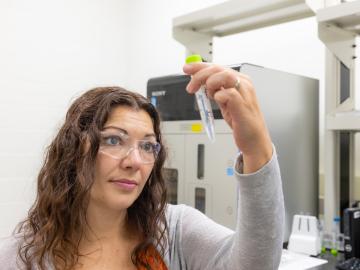
Carrie Eckert applies her skills as a synthetic biologist at ORNL to turn microorganisms into tiny factories that produce a variety of valuable fuels, chemicals and materials for the growing bioeconomy.

Oak Ridge National Laboratory researchers have created a technology that more realistically emulates user activities to improve cyber testbeds and ultimately prevent cyberattacks.
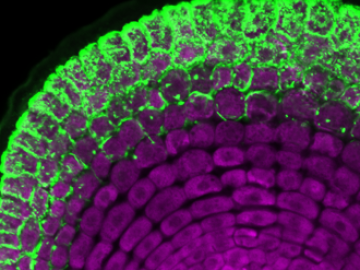
An ORNL team has successfully introduced a poplar gene into switchgrass, an important biofuel source, that allows switchgrass to interact with a beneficial fungus, ultimately boosting the grass’ growth and viability in changing environments.
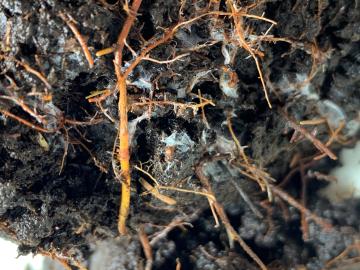
New data hosted by Oak Ridge National Laboratory is helping scientists around the world understand the secret lives of plant roots as well as their impact on the global carbon cycle and climate change.
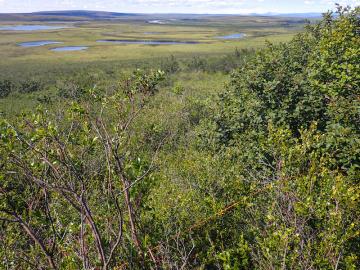
Scientists at Oak Ridge National Laboratory added new plant data to a computer model that simulates Arctic ecosystems, enabling it to better predict how vegetation in rapidly warming northern environments may respond to climate change.
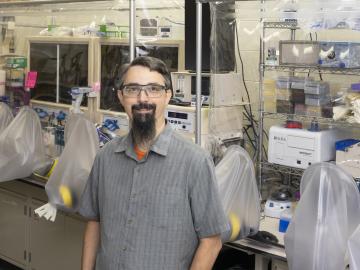
As a metabolic engineer at Oak Ridge National Laboratory, Adam Guss modifies microbes to perform the diverse processes needed to make sustainable biofuels and bioproducts.
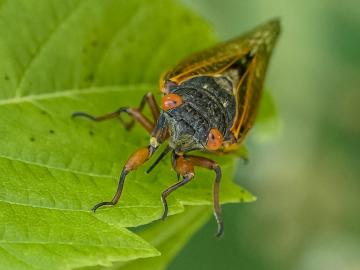
On the road leading to Oak Ridge National Laboratory, drivers may notice that many of the green trees lining the entrance to the lab are dappled with brown leaves. Just weeks past the summer solstice, this phenomenon is out of place and is in fact evidence of another natural occurrence: cicada “flagging.”

Scientists at ORNL and the University of Wisconsin–Madison have discovered that genetically distinct populations within the same species of fungi can produce unique mixes of secondary metabolites, which are organic compounds with applications in
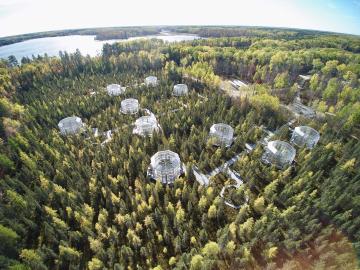
Scientists studying a unique whole-ecosystem warming experiment in the Minnesota peatlands found that microorganisms are increasing methane production faster than carbon dioxide production.
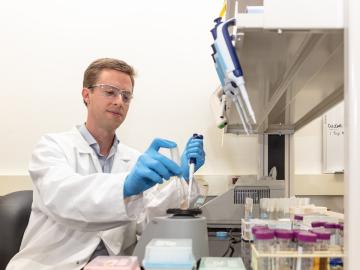
In a step toward increasing the cost-effectiveness of renewable biofuels and bioproducts, scientists at ORNL discovered a microbial enzyme that degrades tough-to-break bonds in lignin, a waste product of biorefineries.


